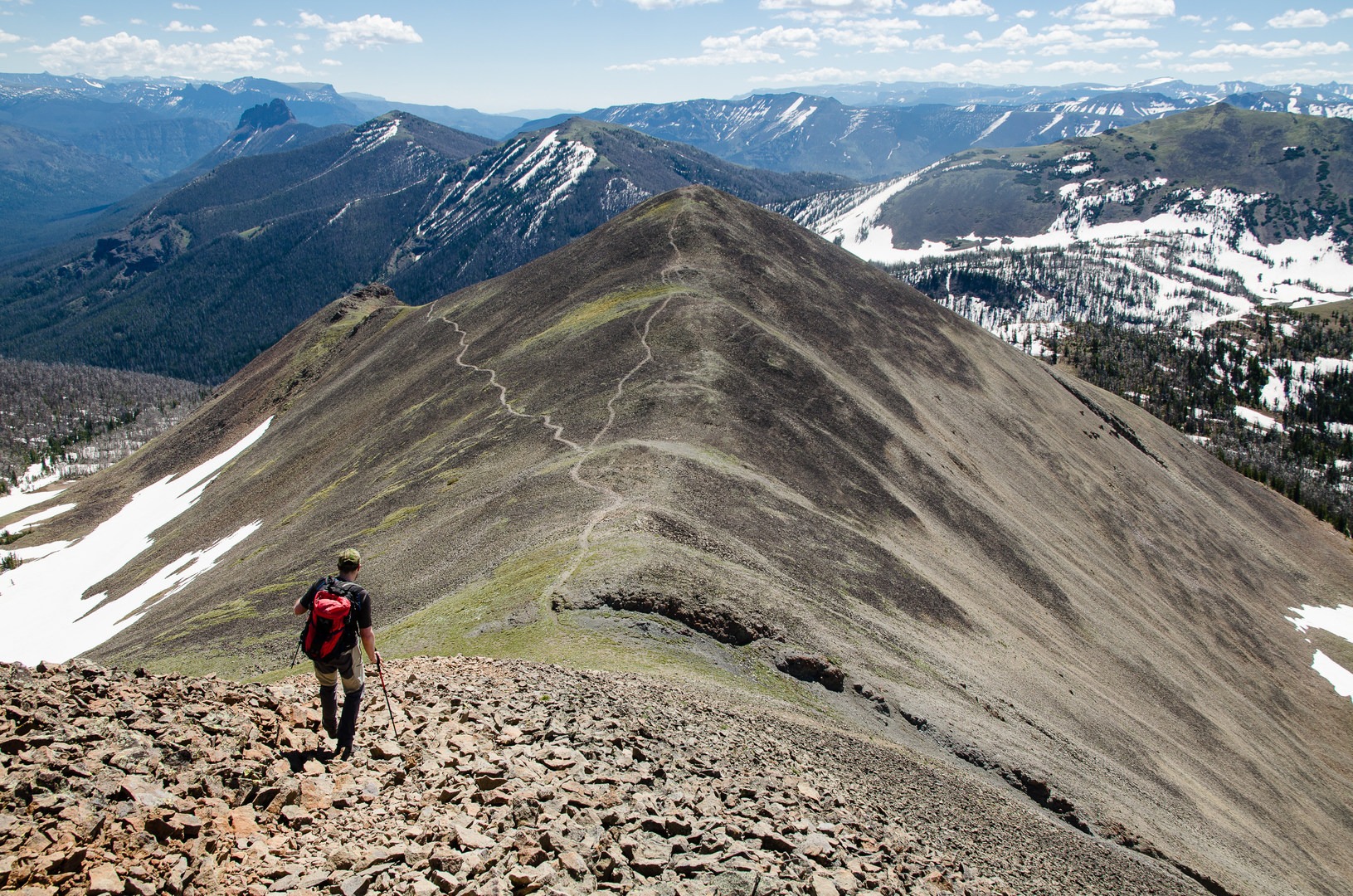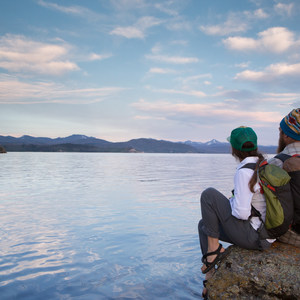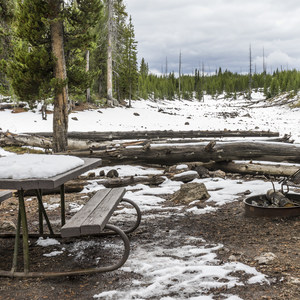Avalanche Peak is among Yellowstone National Park's best options to get above 10,000 feet and score stunning views of the Rockies. It does come at a price: The trail to the summit is steep in some sections, especially toward the end. However, the effort is well worth it, because the final ascent and ridge will offer unobstructed panoramas of one of Yellowstone's least-visited areas.
Start this hike on the East Entrance Road (US-14) just west of Eleanor Lake. The trail starts across the road and the climbing doesn't stop until around 9,600 feet, where a short and flat section gives hikers a chance to catch their breath. This section is in a mostly forested side of the mountains, but there are frequent views of Grizzly Peak and Top Notch Peak.
After the short ease in grade, the trail steepens again as it makes it to the ridge and eventually the 10,568-foot summit of Avalanche Peak. The 360-degree views are impressive, and innumerable summits can be seen including 9,968-foot Grizzly Peak and Top 10,245-foot Notch Peak to the southwest and nearby 10,506-foot Hoyt Peak to the southeast, which experienced hikers and scramblers can attempt. At 10,645 feet, Silvertip Peak is also very prominent to the northeast.
There are two options to return to the trailhead. The first is simply to go back via the trail used for the ascent. The second option is to continue on Avalanche Peak’s ridge and follow the trail that descends the steep scree field to the col between Avalanche Peak and Hoyt Peak. A short bushwhack of a few hundred yards in mostly open terrain will be required to get back on the trail. This route is steeper, but it will afford views of a few glacial lakes. After the bushwhack, the trail used for the ascent is used for the descent as well.
Note: While this is an easy hike, snow can linger well into the summer and winds can get strong on the exposed ridge. Afternoon thunderstorms are also known to roll in. Check the forecast with the park rangers before starting this hike.



































Comments
Sign In and share them.